Canary Wharf has put on its first Summer Lights festival this summer in order to attract people back into the area (and probably to sell off the flats that have been constructed as many signs are dotted around the site advertising flats for sale). For the past few years, Canary Wharf have replaced their week-long ice-sculpting festival with "Winter Lights", a light festival that takes place in January to bring light and colour into our lives. (The last of these light festivals was renamed "Connected By Light", and you can read about it and see links to past years' displays here: Canary Wharf 'Connected By Light'.
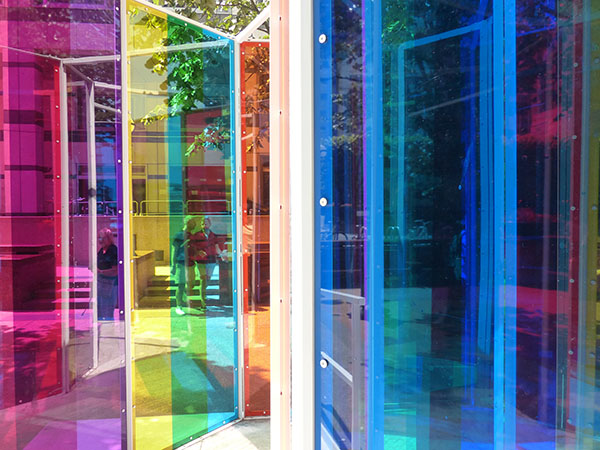
The artwork is designed to shine during the daylight hours and will look their best when the sun is shining. The festival was launched on the first day of summer and will continue until the 21st of August, so you still have time to head over to Canary Wharf to see the artwork. I had the perfect day to visit it with sun. In addition to the temporary exhibit, the map for the event contains a few permanent artwork pieces that fit the bill as a bonus.

Tear by Richard Hudson
This chrome tea-shaped sculpture is a permanent sculpture at Canary Wharf and located near the Jubilee Line. It is highly reflective, so it encourages photographs in front of it.

Be the Best You Can Be by Yinka Ilori
Not part of the Summer Lights festival officially, this is marked on the map as a permanent exhibition. The fencing around the park is painted in bright colours with brightly-coloured picnic benches. This appears to mark out an area for street food and play with ping pong and basketball.

Shine Your Colours by Tine Bech Studio
This sculpture is created with different panes of colour and encourages the viewer to interact with it and to see themselves in the world of the different colours. The sculpture encourages photographs with friends.

Ocean Rise by Aphra Shemza
This sculpture is meant to represent the rising ocean with the wooden frame and colours representing waves. The artwork is meant to be enjoyed with audio and is accompanied by a soundscape that you need to connect to on your mobile phone by sound artist Mowgli.
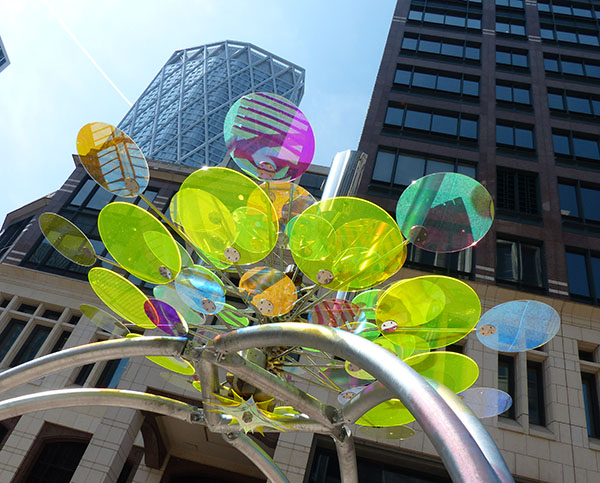

Whirl by Helena Doyle x Tom Cherry & Temple
The sculpture placed above the benches is projected into a colourful pattern on the ground below, and the wind allows the pattern and colours to change. It is inspired by using the power of the wind.


Proudly Together by Rebecca Strickson
The rainbows represent the London Thames, and the message of "positively, powerfully, passionately" is relayed amongst the "proud" text and rainbows. The stairs contain the colours of the different groups and represent a sense of pride of London. This was not officially on the list of artworks, perhaps as it is so close to the one of the named ones, but I have included it because another one of the pride artworks is on the list.

Summer Cloud We Dream of You by Tine Bech Studio
A cloud-shaped reflective chrome sculpture is placed above ping pong tables. The artwork reflects the world around, including the viewer, and it is a symbol of dream.
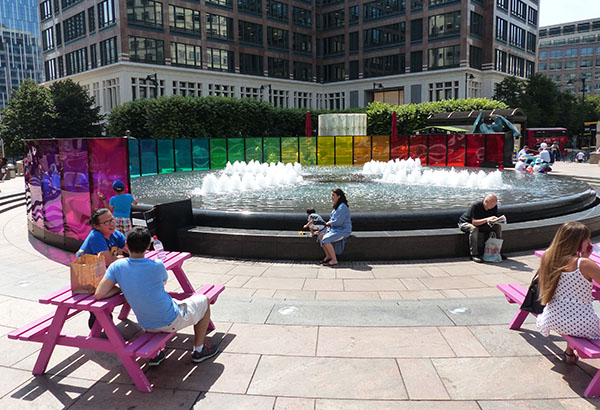
Circle of Light Spectrum by toyStudio
This circle of colours is located around the fountain and represents the visual spectrum of colours, which create a rainbow. The colours are mapped out from sunrise to sunset, and the intensity of colour is down to angle of the viewer or of the sun. Nothing is prettier than a rainbow, but this was a difficult one to photograph as some of the colours will always be obscured.


Hymn to the Big Wheel by Liz West
This is an immersive sculpture where the viewer can enter a room of coloured panels and become a part of the sculpture. The colours distort shapes and create additional colours depending on light and shadow. The different shapes and colours encourge the viewer to play around the sculpture to see and to create different colours. The sunlight also creates the colours in the reflections on the ground.

Skystation by Peter Newman
This circular object appears as if it has come from another world and landed at Canary Wharf. This sculpture doubles as seating. It's a permanent sculpture at Canary Wharf.

Captivated by Colour by Camille Walala
Adams Plaza Bridge is the location of a striking mural that spans the length of the bridge from ceiling to the sides. It is an experiment of colour and pattern, and the light also adds another dimension to the work. It is not part of the Summer Lights officially as it is a permanent artwork.

Hidden Garden by Hugh Turvey
X-ray imaging is used to reveal the texture and "bones" of the structure of plants. The images are placed in the Crossrail Roof Garden to be enjoyed amongst the various plants. The images highlight the fragility of nature.

Sun Pavilion by Morag Myerscloth
This brightly-coloured seating area encourages visitors to have a seat or to pose for photographs. The pavilion is surrounded by colourful benches and nooks for visitors to enjoy chat, food, and drink.

Scribbleform by Julian Wild
This red "scribble" sculpture is located near Montgomery Square, and it is a permanent sculpture.

Kilpi by toyStudio
The traditional Nordic Sami huts are the inspiration for this wooden sculpture that represents shelter in a basic form. The perforations in the archway of the artwork represent the constellations over Canary Wharf. The light enters them and is cast in the shadow on the ground.

Out of the Cocoon by Amberlights
The sculpture is in the shape of a butterfly and contains seating around it, encouraging visitors to come up close to sit on it to see how the colours change. The sculpture can also be enjoyed from afar to see how the colours change at the different angles. The artwork represents hope and new life that emerges from darkness.

Round and Round by Martin Richman
These circular dials are located at different hights and placed inside the pond at Jubilee Park. The dials' moving parts help to reflect and refract light, and the movement is created based on the wind direction. The dials reflect the colours around them.

Kaleidoscope Prisms by Fiona Grady
Designed as a kaleidoscope, the patterns dance across the atrium glass. This artwork was created for Pride at Canary Wharf and uses the colours of Pride. I did visit it on a sunny afternoon, but the colours were very faint as they were being obscured by the trees, so I probably did not see this one at its best.

















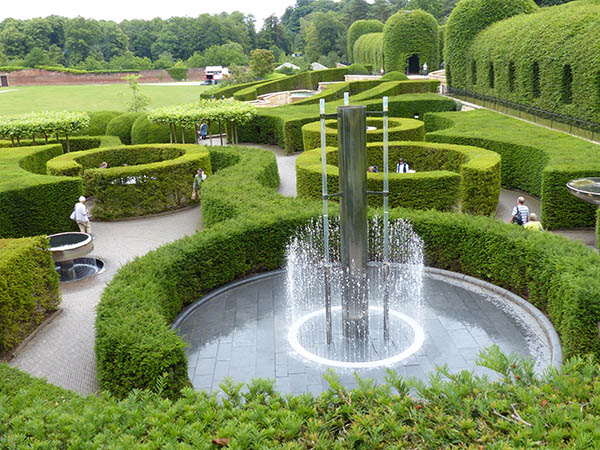






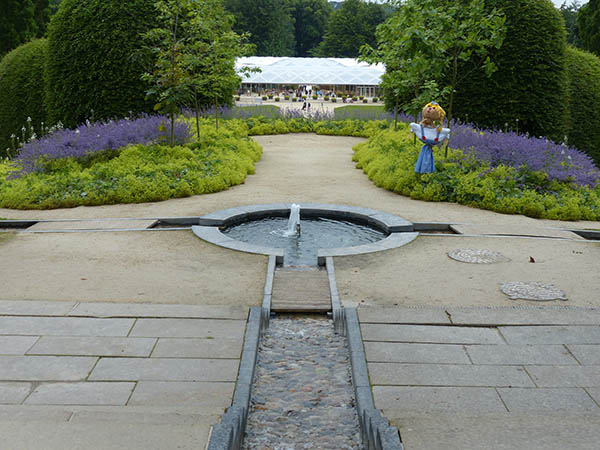




















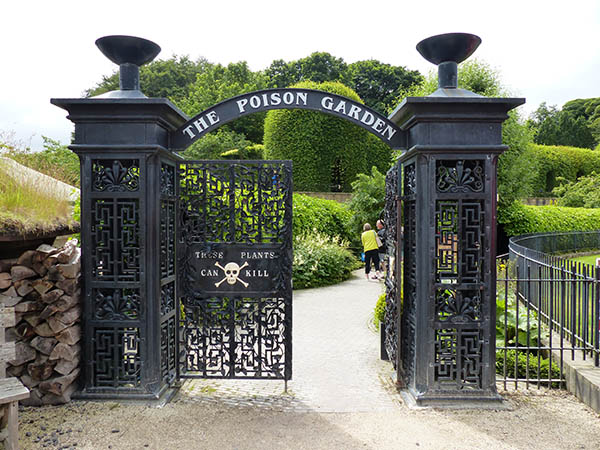


















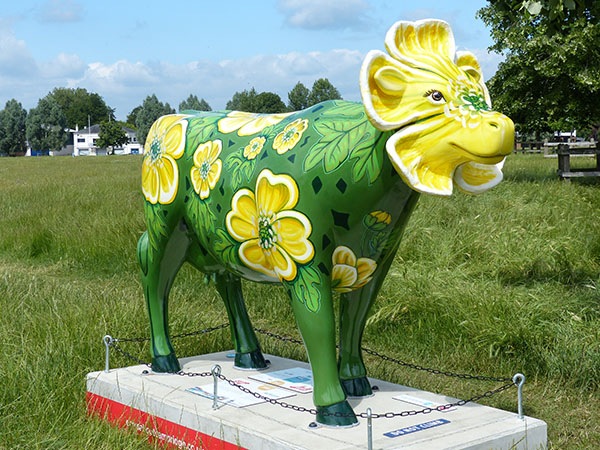
















































































































































































































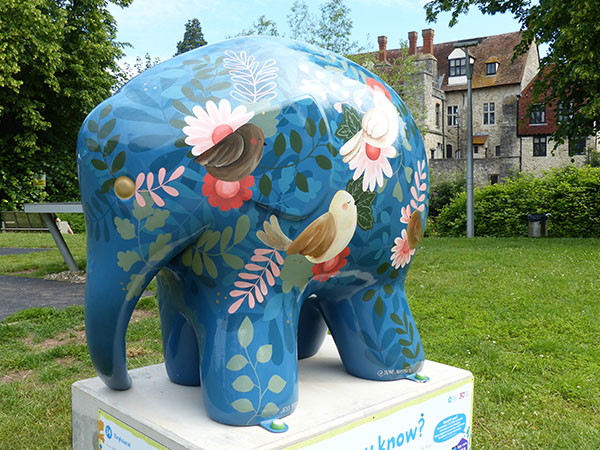














































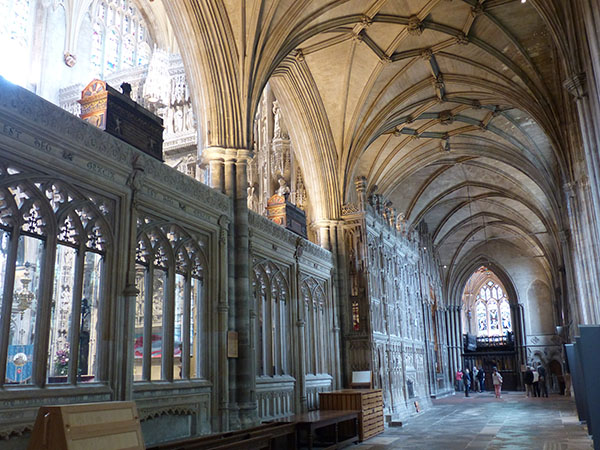





























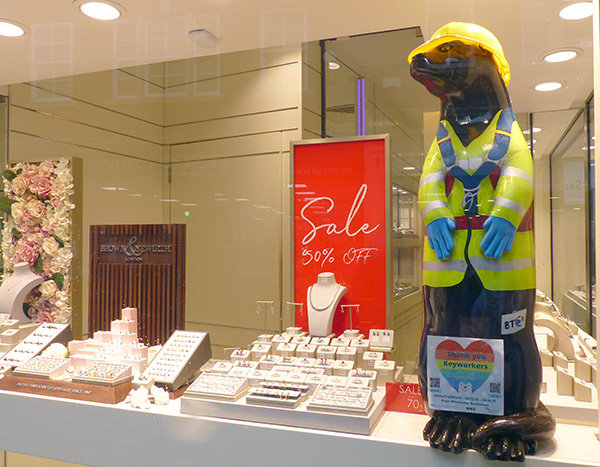



Recent Comments